Our editors independently select these products. Making a purchase through our links may earn Well+Good a commission
How To Unclog Your Shower Drain, According to a Plumber With 46 Years of Experience
Two plumbers with decades of experience explain how to unclog a shower drain using everything from a drain weasel to a plunger.

Are you standing in two inches of water every time you take a shower? You really don’t have to do that. “Typically, if the source of the clog is easily identified, it generally isn’t hard to unclog a drain,” says Aaron Mulder, co-owner and operations manager forMr. Rooter Plumbing of San Antonio.
Experts in This Article
master plumber at HomeX
But the one thing you should never use, according to plumbers, is a chemical drain cleaner, like Draino. “We never recommend pouring chemicals down your drains because the fumes can be dangerous, and there are safer and more efficient solutions,” says Brian Parmenter, a master plumber with more than 46 years of experience. If you’ve already used a chemical cleaner and it didn’t work, he says it’s time to call a professional instead of trying any of the following suggestions as they could expose you to the chemicals you put down the drain.
“If you end up calling a professional please let them know if any chemicals were used and exactly how much of each type so they can take the proper precautions so as not to get hurt in any way,” says Parmenter, who works with HomeX, a company that pairs you with virtual home experts for guidance.
If you didn’t use any chemicals, you’re free to try one of these five methods. Below Mulder and Parmenter explain how to unclog a shower drain.
How to unclog a shower drain with 5 methods that actually work
1. Use a drain weasel or snake
A drain weasel, also known as a snake, is a tool that goes down the drain to retrieve clogs. “I do not ever recommend using the wire hanger method as we often see broken p-traps from the rigid sharp metal poking through the bottom. Once this occurs there is no longer a seal on the plumbing system to keep unpleasant sewer gasses from entering the home,” says Mulder. “The better suggestion is to use a small drain weasel.”
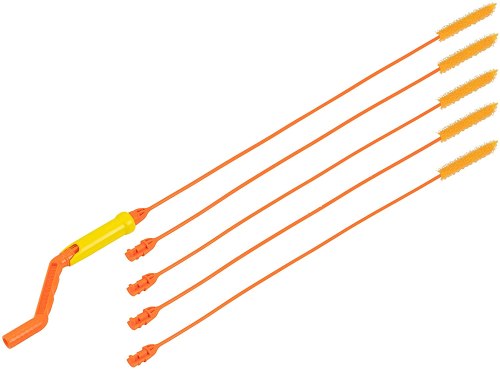
FlexiSnake Drain Weasel — $18.00
To use a drain weasel, Parmenter says to first remove any drain covering or stopper that might be in your drain opening. Next, put on gloves and slowly insert the weasel into the drain. If you feel it reach a blockage, turn it to hook the source of the clog and pull the weasel out of the drain.
2. Use a flat plunger
“Contrary to popular belief, this plunger is not ideal for unclogging toilets as it features a flat rubber cup at the end of a wooden handle and works best on flat surfaces like sinks and bathtubs, hence the name,” says Mulder. “When used properly, the flat cup works to create a vacuum over the drain and dislodge the clog at hand.”
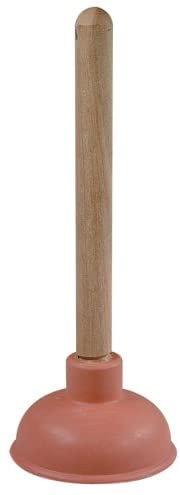
Cobra Products Rubber Plunger — $7.00
To use a plunger, Parmenter says to first remove any drain covering or stopper that might be in your drain opening. “Fill the sink, tub, or shower partially with water, then place the plunger over the drain opening,” says Parmenter. “Make sure that the plunger lip is completely covering the drain opening with a tight seal. Plunge up and down vigorously for about 20 seconds. It may help to follow this procedure by pouring one of the mixture-based solutions described below down the drain as well.”
3. Pour baking soda and white vinegar down the drain
When baking soda and vinegar combine they fizz up, creating bubbles that can help break down gunk and grime to dislodge a clog. Start by concocting a mixture of 1/3 cup of baking soda and 1/3 cup of white vinegar. Pour it down the drain immediately and let it sit for at least an hour, though overnight is even better, and then flush it with hot water.

Heinz Cleaning Vinegar (1 gal Jug) — $13.00
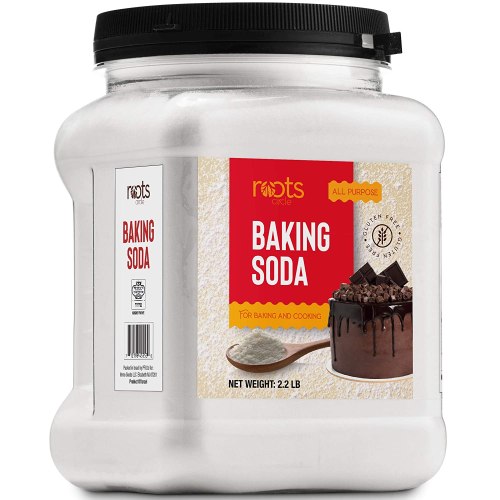
Roots Circle Baking Soda | Bulk Pack — $12.00
“You can also pour the dry baking soda down the drain first and chase it with the vinegar,” he says. You can also substitute the vinegar with lemon juice, adds Parmenter.
4. Pour borax, salt, and white vinegar down the drain
Alternatively, Parmenter says you can use a mix of borax, salt, and white vinegar. Pour 1/4 cup each of borax and salt, and a 1/2 cup of vinegar down the drain. “Close the drain up and let the concoction foam up inside the drain,” says Parmenter. “After about a half-hour, pour a lot of hot (not boiling) water down the drain.”
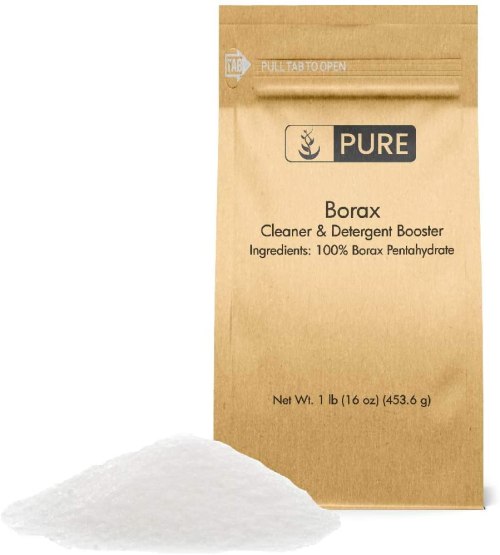
Borax Cleaner & Detergent Booster — $7.00
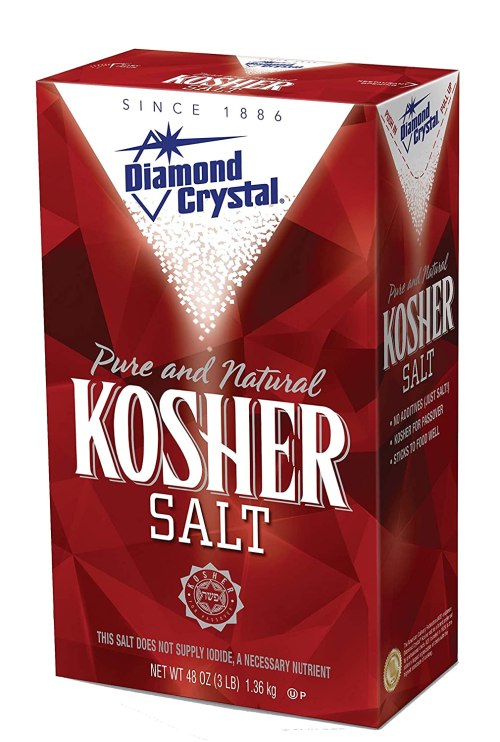
Diamond Crystal Kosher Salt — $13.00
5. Use plain boiling water
“Probably the easiest tip of them all! Boil as much water as your kettle will hold and slowly pour it down the drain in two or three stages, allowing the hot water to work for several seconds between each pour,” says Mulder. “Boiling water can work but can also cause damage to plastic or rubber seals under the sink over time with repeated use. Keep a close eye for leaks any time you attempt any DIY method mentioned.”
How to prevent drain clogs
The best way to prevent drain clogs is to decrease your drain’s exposure to things that can clog it. “Building in some regular drain maintenance to your cleaning routine will help limit clogs,” says Parmenter. “The more frequent the preventative measures, the less frequent the drain problems.”
1. Use a drain cover and clean it after every shower
“Use a drain cover with holes small enough to let water pass through without allowing small objects or debris down the drain,” says Mulder. Hair is the biggest offender. “It’s normal to shed 50 to 100 strands of hair on an average day, so it’s no wonder that hair can be a major culprit when it comes to clogged shower drains,” says Mulder. “Hair can get wrapped around other items, making existing blockages worse.”
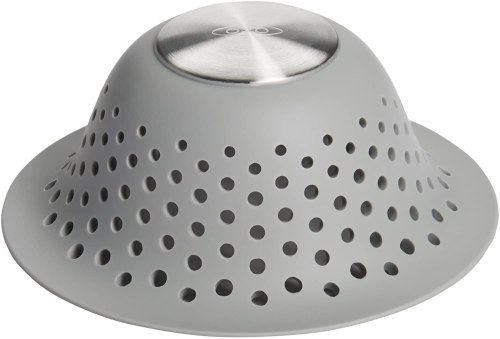
OXO Good Grips Silicone Drain Protector — $10.00
2. Always remove soap scum
“Remove any soap scum leftover after each bath or shower so it doesn’t collect in the drain.” After removing soap scum, he says to run hot water down the drain for a minute or two “to help keep the waste pipe clear and clean.”
3. Don’t wash oily substances down the drain
Oils can harden as they cool so Mulder says to avoid pouring any down the drain.
Oh hi! You look like someone who loves free workouts, discounts for cult-fave wellness brands, and exclusive Well+Good content. Sign up for Well+, our online community of wellness insiders, and unlock your rewards instantly.
Sign up for the Well+Good SHOP Newsletter
Get exclusive deals on wellness, beauty, fitness, and food products that have been hand-picked by our editors.
Got it, you've been added to our email list.







